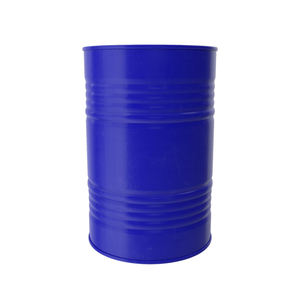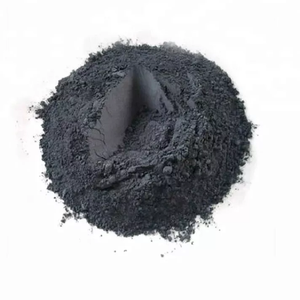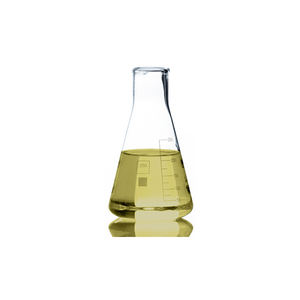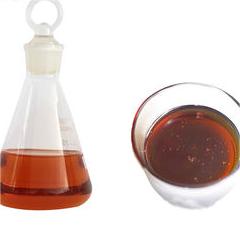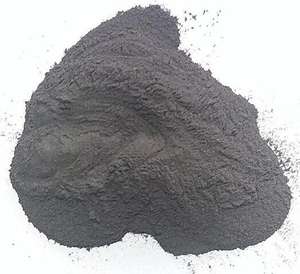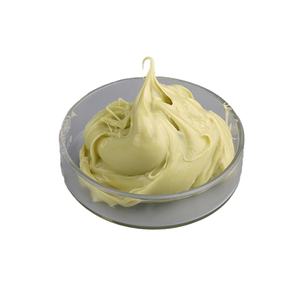One-stop lubrication solution | Discover the way to smoothness | Infomak
Okay, here is the rewritten title and the blog post as requested.
(Automotive Hydraulic Oil 32 46 68 100 And Industrial Hydraulic Oil Lubricants)
Title: Hydraulic Heroes: Choosing the Right Oil for Your Machines
Hydraulic systems are everywhere. From the giant excavators reshaping landscapes to the precise robotic arms building cars, they rely on a simple but vital principle: pushing fluid to create power. And the unsung hero making it all happen? Hydraulic oil. Not just any oil, though. Choosing the correct hydraulic oil is critical. This guide focuses on the common grades you’ll encounter: 32, 46, 68, and 100, used across both automotive and industrial settings.
1. What Exactly is Hydraulic Oil? The Lifeblood of Your System
Hydraulic oil isn’t just slippery stuff. It’s a specially engineered fluid designed for one main job: transmitting power efficiently within a hydraulic system. Imagine you need to lift a heavy load. Instead of using complicated gears or levers directly, a hydraulic system uses oil. You push the oil with a pump at one end. This pressure travels through hoses and valves. Finally, it pushes a piston or motor at the other end, doing the heavy lifting. The oil carries that force.
But hydraulic oil does more than just push. It also lubricates all the moving parts inside the pump, valves, cylinders, and motors. This lubrication prevents metal parts from grinding against each other and wearing out too fast. It acts as a sealant too, helping components fit tightly together to prevent pressure leaks. Plus, it helps carry away heat generated by the system’s operation. Finally, it protects metal surfaces from rust and corrosion. So, it’s a multi-tasking fluid – power transfer, lubrication, sealing, cooling, and protection.
The key properties we look at include viscosity (how thick or thin it flows), anti-wear additives, rust and oxidation inhibitors, and its ability to resist foaming. The numbers you see – 32, 46, 68, 100 – primarily refer to the oil’s viscosity grade.
2. Why Viscosity Matters So Much: The Goldilocks Principle
Viscosity is crucial. Think of it like the oil’s thickness or resistance to flow. Too thin (low viscosity), and it won’t create a strong enough film to lubricate parts properly. It might also leak past seals more easily. Too thick (high viscosity), and the oil struggles to flow, especially in cold weather. This makes the pump work harder, wastes energy, generates more heat, and can even cause sluggish operation.
This is where the ISO viscosity grade numbers (like 32, 46, 68, 100) come in. These numbers tell us the oil’s viscosity at 40°C (104°F), measured in Centistokes (cSt). A lower number means thinner oil that flows easier. A higher number means thicker oil that flows slower.
ISO 32: Relatively thin. Flows easily, good for cold starts or systems operating in cooler temperatures.
ISO 46: A common, middle-of-the-road viscosity. Used in many standard industrial and automotive hydraulic systems under average temperatures.
ISO 68: Thicker than 46. Often used in warmer environments or in systems running at higher pressures or temperatures.
ISO 100: The thickest of these common grades. Used in heavy-duty industrial applications, high-temperature environments, or very large systems where a thicker film is needed.
Choosing the right viscosity is the “Goldilocks principle” – you need it just right for your specific system and operating conditions. Using the wrong viscosity is a major cause of hydraulic system problems.
3. How to Pick the Perfect Hydraulic Oil: Beyond the Numbers
Picking hydraulic oil isn’t just grabbing a bottle with the right number. While viscosity is the starting point, several other factors matter. First, always check your equipment manufacturer’s manual. They specify the required viscosity grade and often recommend specific oil types or performance standards (like ISO, DIN, or manufacturer-specific approvals). Ignoring this is risky.
Consider your operating environment. What are the typical temperatures? If it gets very cold, a lower viscosity oil (like ISO 32) might be necessary to ensure easy starting and flow. If the system runs hot, a higher viscosity (like ISO 68 or 100) might be better to maintain lubrication. Systems exposed to the elements might need oils with extra rust protection.
Think about the system itself. Is it a high-pressure system? You’ll need an oil with robust anti-wear additives. Does it use sensitive components like servo valves? It might require a higher purity oil or specific anti-wear chemistry. Are there different materials in the system (like certain seals)? Ensure the oil is compatible to avoid swelling or degradation.
For industrial settings, factors like expected oil life, energy efficiency, and environmental considerations might also play a role. Sometimes, specific hydraulic oils are formulated for biodegradable applications or fire resistance. For automotive hydraulics (like power steering or certain transmissions), the oil must meet the specific requirements of the vehicle manufacturer.
4. Where Do These Hydraulic Oils Work? Applications Galore
Hydraulic oils with viscosities like 32, 46, 68, and 100 are workhorses in countless applications. Let’s see where they typically shine:
Industrial Machinery: This is a massive category. Think about injection molding machines pressing plastic. Imagine CNC machining centers moving cutting tools precisely. Consider presses forming metal sheets. Conveyor systems moving goods in factories. Forklifts lifting pallets. Hydraulic power units driving all sorts of equipment. ISO 46 is extremely common here. ISO 68 might be used for larger systems or hotter environments. ISO 100 often appears in heavy forging presses, rolling mills, or large machine tools.
Mobile Equipment (Automotive Hydraulics): This covers construction, agriculture, and material handling. Excavators digging, bulldozers pushing earth, backhoes lifting, cranes hoisting loads – all rely on hydraulics. Agricultural tractors powering implements like plows or harvesters. Logging equipment handling heavy timber. Garbage trucks compacting trash. Here, ISO 32 might be used for cold-weather operation in power steering or certain transmissions. ISO 46 is very common for hydraulic systems on these machines. ISO 68 might be specified for systems operating under high stress or heat.
Marine Applications: Shipboard cranes, winches, steering systems, and hatch covers often use hydraulics. The marine environment demands oils with excellent rust and corrosion protection. Viscosity choices depend on the specific equipment and climate.
Aerospace (Ground Support): Hydraulic systems in ground support equipment like aircraft tugs, cargo loaders, and maintenance platforms use these oils. Reliability is paramount.
The choice between automotive hydraulic oil and industrial hydraulic oil lubricants often boils down to the specific formulation and the approvals it carries, matching the requirements of the equipment in that sector.
5. Hydraulic Oil FAQs: Your Burning Questions Answered
Let’s tackle some common questions people have about hydraulic oils:
Can I mix different viscosity grades? Generally, it’s not recommended. Mixing can result in an unpredictable viscosity that might not suit your system. It could also potentially dilute additives or cause compatibility issues. Stick to the same grade unless changing the entire system oil.
Can I use engine oil or transmission fluid in my hydraulic system? No. While they are lubricants, they are formulated for different jobs. Engine oil deals with combustion byproducts. Transmission fluid has specific friction modifiers. Using them in hydraulics can lead to poor performance, seal damage, and component wear.
How often should I change my hydraulic oil? There’s no single answer. It depends on the system’s operating hours, working conditions (dust, heat, moisture), and the oil type. Always follow the manufacturer’s recommended change intervals. Regular oil analysis is the best way to determine the oil’s condition accurately.
What happens if I use the wrong viscosity? Using oil that’s too thin can cause poor lubrication (increased wear), internal leakage (reduced power), and potential overheating. Using oil that’s too thick can cause difficulty starting in cold weather, sluggish operation, excessive energy consumption, overheating, and cavitation (damaging air bubbles forming in the pump).
Are there different types of hydraulic oil beyond viscosity? Yes. Besides viscosity grades, oils can be mineral-based, synthetic, or semi-synthetic. They can have different additive packages: anti-wear (AW), rust and oxidation inhibitors (R&O), or even high-water content fluids (HF) for fire resistance. Always choose the type specified for your equipment.
(Automotive Hydraulic Oil 32 46 68 100 And Industrial Hydraulic Oil Lubricants)
What’s the difference between automotive and industrial hydraulic oils? While both perform the core functions, automotive hydraulic oils are often formulated for specific vehicle systems (like power steering or transmissions), meeting car manufacturer standards. Industrial oils cover a broader range of equipment and might have different additive focuses or certifications relevant to factory machinery. However, the viscosity grades (32, 46, 68, 100) are common to both categories. The key is using the oil specified for your particular machine.
